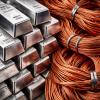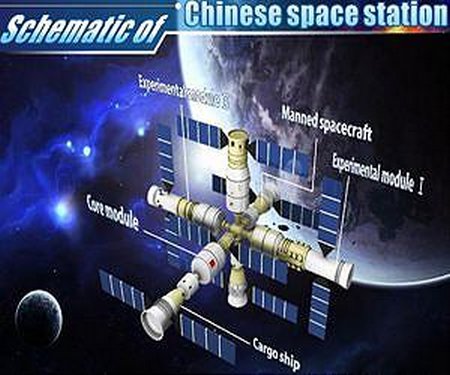
Breaking News
 US Oil Blockade of Venezuela Pushes Cuba Into Economic Collapse
US Oil Blockade of Venezuela Pushes Cuba Into Economic Collapse
 Gold and Silver Surge to New Record Highs, What's Going On?
Gold and Silver Surge to New Record Highs, What's Going On?
 Silver And Copper Are Both Flashing The Same Signal -- And That Is Setting The Stage...
Silver And Copper Are Both Flashing The Same Signal -- And That Is Setting The Stage...
 I Spoke At Turning Point USA - FULL SPEECH
I Spoke At Turning Point USA - FULL SPEECH
Top Tech News
 Perfect Aircrete, Kitchen Ingredients.
Perfect Aircrete, Kitchen Ingredients.
 Futuristic pixel-raising display lets you feel what's onscreen
Futuristic pixel-raising display lets you feel what's onscreen
 Cutting-Edge Facility Generates Pure Water and Hydrogen Fuel from Seawater for Mere Pennies
Cutting-Edge Facility Generates Pure Water and Hydrogen Fuel from Seawater for Mere Pennies
 This tiny dev board is packed with features for ambitious makers
This tiny dev board is packed with features for ambitious makers
 Scientists Discover Gel to Regrow Tooth Enamel
Scientists Discover Gel to Regrow Tooth Enamel
 Vitamin C and Dandelion Root Killing Cancer Cells -- as Former CDC Director Calls for COVID-19...
Vitamin C and Dandelion Root Killing Cancer Cells -- as Former CDC Director Calls for COVID-19...
 Galactic Brain: US firm plans space-based data centers, power grid to challenge China
Galactic Brain: US firm plans space-based data centers, power grid to challenge China
 A microbial cleanup for glyphosate just earned a patent. Here's why that matters
A microbial cleanup for glyphosate just earned a patent. Here's why that matters
 Japan Breaks Internet Speed Record with 5 Million Times Faster Data Transfer
Japan Breaks Internet Speed Record with 5 Million Times Faster Data Transfer
China unveils new 'Heavenly Palace' space station as ISS days numbered

The 17-metre (55-foot) core module was a star attraction at the biennial Airshow China in the southern coastal city of Zhuhai, the country's main aerospace industry exhibition.
Outside, China's J-10 fighter jet and J-20 stealth fighter wowed spectators as they zoomed across Zhuhai's sky. Back inside, the country displayed its fleet of drones and other military hardware.
Crowds gathered around the cylindrical space station module representing the living and working quarters of the Tiangong -- or "Heavenly Palace" -- which will also have two other modules for scientific experiments and will be equipped with solar panels.
Three astronauts will be permanently stationed in the 60-tonne orbiting lab, which will enable the crew to conduct biological and microgravity research.
Assembly is expected to be completed around 2022 and the station would have a lifespan of around 10 years.
The International Space Station -- a collaboration between the United States, Russia, Canada, Europe and Japan -- has been in operation since 1998 but is due to be retired in 2024.

 Advanced Propulsion Resources Part 1 of 2
Advanced Propulsion Resources Part 1 of 2

